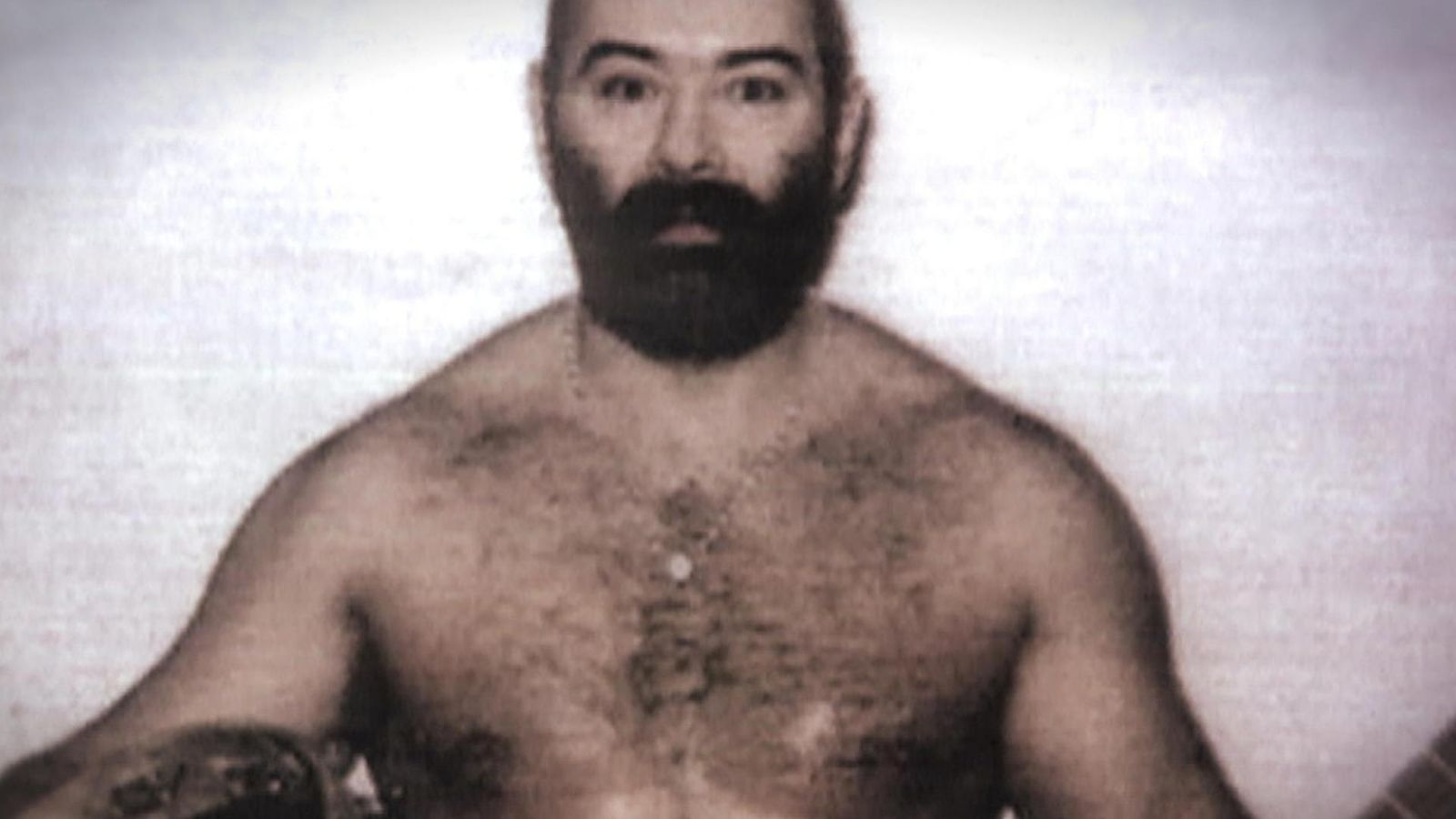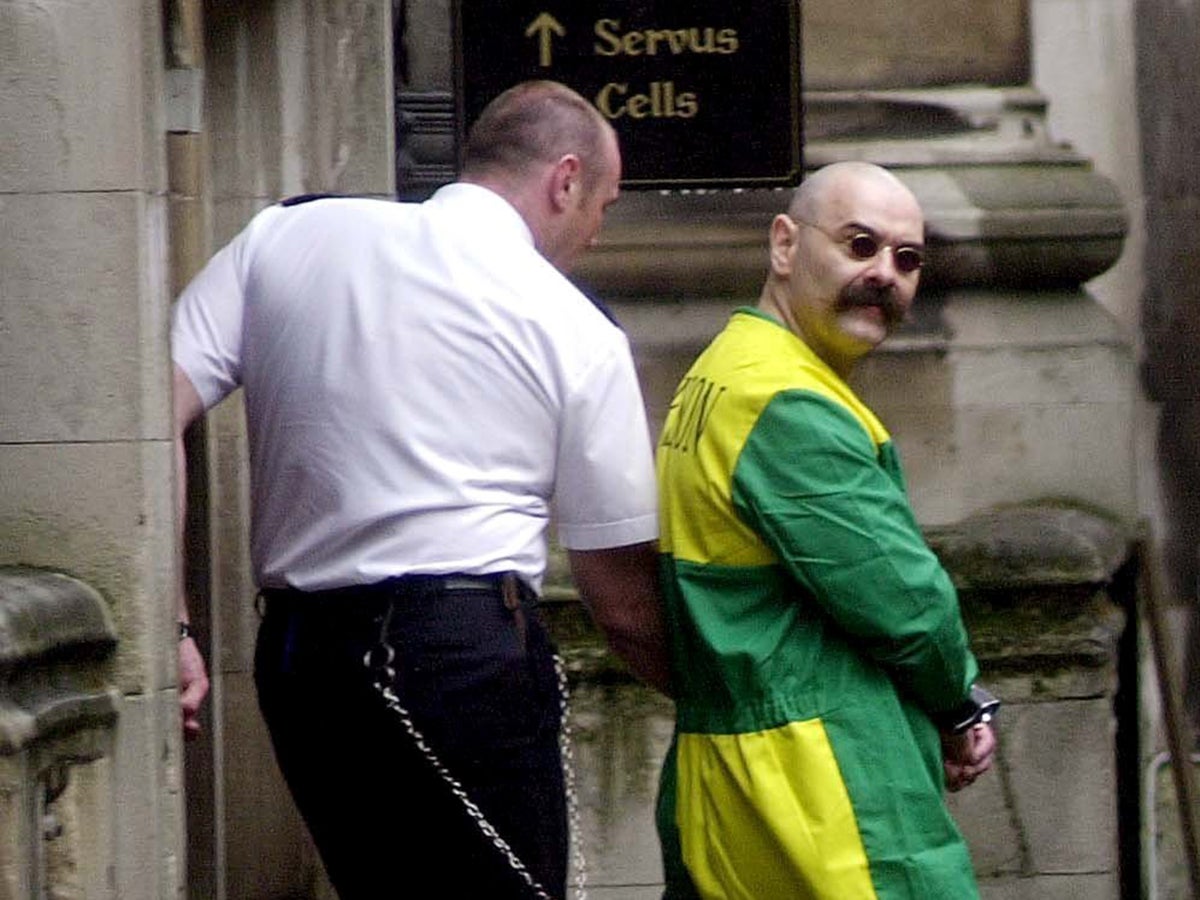Has Charles Bronson, the man often dubbed Britain's most notorious prisoner, finally reached the end of the line in his decades-long battle for freedom? The parole board's latest decision yet another denial underscores the enduring saga of a figure who has become a complex symbol of both violence and the failings of the British penal system.
The name Charles Bronson, though a stage name, has become synonymous with infamy. His real identity, Michael Peterson, is often overshadowed by the legend of the "most violent prisoner in Britain." From the moment he was first incarcerated in 1974 at the age of 22 for armed robbery, Bronson's life has been defined by bars, cells, and a seemingly endless cycle of conflict. His case is a study in extremes, a tapestry woven with threads of aggression, self-destruction, and the unwavering pursuit of liberty, even if the form it takes is a constant, desperate struggle.
The narrative surrounding Bronson is a labyrinth of incidents. One such incident was when he was handed a discretionary life sentence with a minimum term of four years in 2000 for taking a prison teacher at HMP Hull hostage for 44 hours. This incident, alongside countless others, has contributed to the persona that the public knows today.
- October 17 Zodiac Libra Traits Compatibility Horoscope Insights
- Emiru Leaks Nude Photos Explore The Latest Content
| Category | Details |
|---|---|
| Real Name | Michael Peterson |
| Known As | Charles Bronson |
| Date of Birth | Not publicly available |
| Age (as of current) | 72 (estimated) |
| Original Offense | Armed Robbery |
| First Incarceration | 1974 |
| Current Status | Incarcerated |
| Notable Incidents | Hostage-taking (prison teacher), numerous assaults on prison staff, destruction of property |
| Reputation | Britain's "most violent prisoner" |
| Parole Hearings | Repeatedly denied |
| Current Goal | To be released from prison |
| Related Media | Film: "Bronson" (2008) directed by Nicolas Winding Refn |
| Compensation received | 200 for his broken glasses |
| Additional Details | Bronson was due for a parole hearing in September 2008. |
| Reference Website | The Guardian - Charles Bronson to have parole hearing in private |
The parole boards decision has, once again, kept Bronson behind bars. This denial is merely the latest chapter in a legal battle that has spanned decades, with each hearing offering a glimmer of hope, only to be extinguished by the reality of his continued confinement. The specifics of his most recent hearing, held in private, underscore the sensitivity of the case and the challenges faced by those tasked with assessing his suitability for release.
One key aspect of Bronsons story is the film "Bronson," directed by Nicolas Winding Refn and starring Tom Hardy. The film is a visceral, stylized portrayal of Bronsons life, delving into his volatile nature and the environment that has shaped him. Through this cinematic lens, audiences have been given a glimpse into the mind of a man often viewed as an enigma. The film, while fictionalized, adds another layer to the complex persona that surrounds Bronson. The casting of Hardy in the lead role brought further attention, as his portrayal captured a combination of menace and charisma.
The decision to hold his parole hearing in private indicates the gravity of the situation and the complex interplay of factors that the board must consider. This privacy is not merely a matter of discretion; it is a necessity dictated by the extraordinary nature of the individual and his history. This adds a layer of intrigue, leaving the public to speculate on the arguments presented and the evidence examined.
- Tamiko Bolton Biography Life With George Soros What You Need To Know
- Scott Colomby Other Scotts A Quick Look
The cycle of imprisonment and parole hearings began with his initial sentence for armed robbery. Since then, his criminal activities within the prison system have only extended the period of his incarceration. This is a pattern of behavior that has resulted in a series of further charges and sentencing, each of which has added to his already lengthy prison stay. As he continues to fight for his freedom, each denial serves to reinforce the perception that his past actions continue to outweigh any steps he may have taken toward rehabilitation.
The parole board faces the difficult task of weighing Bronsons past transgressions against his efforts at reform. The board must consider all aspects of the man the violence, the self-harm, and the attempts at art and self-expression. They must determine if he has truly changed or if he still presents a risk to society. The fact that he has been behind bars since 1974 speaks volumes about the challenge he presents, making any decision a high-stakes gamble.
Bronson's case highlights the long-term effects of incarceration and the difficulties faced by those who have spent decades behind bars. The prison system itself becomes a kind of cage, not just of steel and stone but of routines, regulations, and restricted interactions. Such a prolonged period of separation from the outside world presents a significant challenge to reintegration. Bronsons story, therefore, is not just about a single individual, but also about the wider context of the penal system.
The implications of a potential release are significant, not only for Bronson but also for the authorities tasked with ensuring public safety. His potential release and the conditions that would be placed upon it are subjects of intense debate. The debate includes the safety of the public, the risk of reoffending, and the challenges of monitoring a man who has become a national figure of notoriety. The balancing act between retribution, rehabilitation, and reintegration is at the heart of every decision made in this case.
The narrative of Charles Bronson is one of violence, defiance, and the complex realities of the British prison system. His case, with its legal battles and repeated denials, is a reminder of the challenges of dealing with offenders who have become symbols of their crimes. The fact that he could reportedly be released from prison later this year, or that he has lost his latest bid to be freed, all underscores the fact that his story remains far from over.
The films depiction has led to a widespread fascination, which has solidified his status as a cult figure. Tom Hardy's physical transformation for the role, combined with the films raw energy, helped make the story more accessible. The film is a stylistic retelling that explores themes of violence, confinement, and the search for identity.
Bronson's 'last bid for freedom,' as some describe it, has been a recurring theme over the years. Each application represents a moment of hope and a test of the parole boards resolve. His continued rejection indicates the magnitude of the task of proving he is ready to return to society. The focus is on the assessment of risk, and the ability to move beyond the persona of Britain's most violent prisoner.
The panel also rejected his secondary plea to be moved to an open prison. The rejection reflects the ongoing assessment of risk. For Bronson, this is an indication that authorities still believe he presents a significant threat. The conditions under which he is held continue to be a key factor in the debate. The implications of maintaining him in maximum security go beyond just the individual; it is about the broader issue of how the system handles those who are deemed the most dangerous.
The impact of solitary confinement on Bronson has been significant, as highlighted by the film about his life. The psychological effects of isolation are well documented, and the film showcases how such conditions can exacerbate existing issues and create new ones. The experience is used to explore the psychological aspects of Bronson's behavior.


